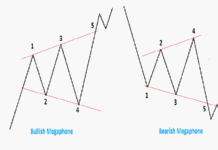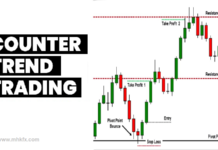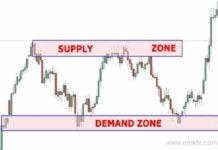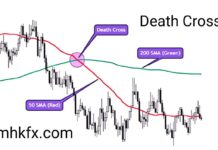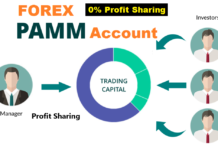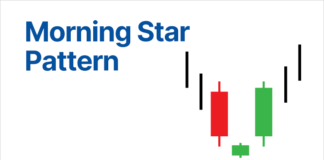
In the dynamic world of finance, stock market volatility is a recurring challenge that can have significant consequences for investors and the overall economic stability. To address this issue, trading market regulatory authorities (Trading Market Regulatory Authority) have introduced innovative measures, such as circuit breakers, to maintain orderly trading and prevent extreme price swings. In this article, we will explore how these circuit breakers work and their role in safeguarding the stock market from excessive volatility.
Understanding Circuit Breakers in Trading Market Regulatory Authority
Circuit breakers are a set of pre-determined rules and mechanisms established by regulatory authorities to temporarily halt or limit trading during periods of rapid and excessive price movements. These mechanisms are designed to provide a pause, allowing market participants to assess the situation, mitigate panic selling, and restore order to the market.
The Purpose of Circuit Breakers in Trading Market Regulatory Authority
The primary objective of circuit breakers is to prevent extreme market fluctuations and maintain investor confidence. They serve several crucial purposes:
Maintaining Market Stability: Circuit breakers help prevent situations where panic selling or buying could lead to market crashes. By imposing a pause, they allow investors to reconsider their positions and make more informed decisions.
Price Discovery: They ensure that prices are discovered in an orderly and transparent manner. Without circuit breakers, prices might become extremely volatile, making it challenging for investors to gauge the true value of an asset.
Risk Mitigation: Circuit breakers mitigate risks associated with algorithmic and high-frequency trading. These automated trading strategies can exacerbate market volatility during times of stress.
Preventing Flash Crashes: Circuit breakers are especially effective in preventing flash crashes, where prices can plunge or surge rapidly within seconds. A brief pause allows market participants to assess the situation and maintain order.
The Implementation Process in Trading Market Regulatory Authority
Circuit breakers are typically implemented in a tiered structure based on the magnitude of market movements. They include:
L1 Circuit Breaker: This is usually the initial level, triggering a temporary trading halt when the market experiences a moderate percentage decline. The duration of the halt varies by jurisdiction but is typically around 15 minutes.
L2 Circuit Breaker: This level is activated if the market’s decline exceeds the threshold set for L1. The halt duration is usually longer, providing a more extended cooling-off period.
L3 Circuit Breaker: This is the highest level and is reserved for extreme market events. If this level is reached, trading may be halted for the rest of the trading day to prevent further chaos.
Conclusion
Circuit breakers are an essential tool in the regulatory authority’s (Trading Market Regulatory Authority) arsenal to maintain order and stability in the stock market. They play a crucial role in safeguarding investors’ interests and ensuring that market prices are determined in an orderly and transparent fashion. By introducing these innovative measures, regulatory authorities continue to adapt to the evolving landscape of finance, providing a safety net that helps prevent excessive stock market volatility and maintains confidence in the financial markets.
Click to sign up with ICMarkets
Related Post:
OctaFX Forex Broker : A Comprehensive Review
Leverage Unveiled : A Comprehensive Guide to Understanding Leverage in Forex and Stocks
